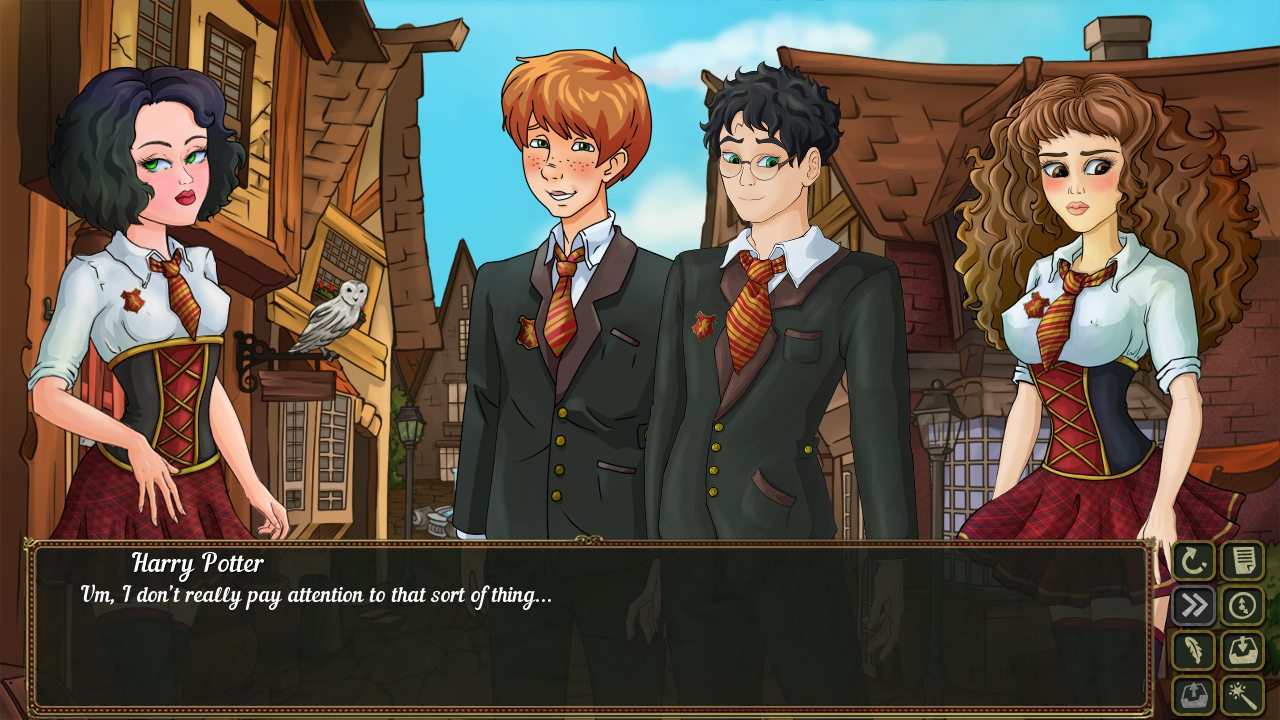

Mr Ollivander claimed that it was a " complex and mysterious branch of magic". Wandlore was a specific class of magic that referred to the history and magical properties of wands. it's not always clear why." - Ollivander discussing wandlore with Harry Potter

Moreover, each wand, from the moment it found its ideal owner, would begin to learn from and teach its human partner. Įvery single wand was unique and would depend for its character on the particular tree and magical creature from which it derived its materials. Wands were referred to as "quasi-sentient" because their being imbued with a great deal of magic made them as animate as an inanimate object could be. Magic with a wand was usually performed with an incantation, but more experienced wizards could cast nonverbal spells, which concealed the spell until cast and might thereby prevent an opponent from adequately protecting him- or herself in time. There was at least one known business that specialised in tuning wands to improve their performance. In the 20th century, wands were introduced to Africa, where they were less commonly used compared to other parts of the world. Cherry wand masters received special prestige at Mahoutokoro school in Japan. Īt an unknown point in history, wands were introduced to Asia. By the 1920s, the use of wands had become common in North America although every witch and wizard, including tourists, needed a Wand permit. With the passage of Rappaport's Law, no child was allowed a wand until they arrived at Ilvermorny and they had to leave them there during the holidays until they reached the age of seventeen. The first witch who was a wandmaker in North America was Irish witch Isolt Sayre, who came to North America and started making wands for her adoptive sons and the students of her school Ilvermorny with her husband James Steward. Isolt Sayre and James Steward, the first wand makers in North America In the 13th century, the Elder Wand, which would become known as the most powerful wand in existence, was created. Over time, they earned a worldwide reputation. The Ollivander family started manufacturing wands in 382 B.C. Wands were developed in Europe at an unknown point, though it is known that it was in the B.C. Wands were often buried along or burned when their owner died. The study of the history and the magical properties of wands was called wandlore. Although the wand cores might come from the same creature, or the wood might come from the same tree, no two existing wands were exactly alike. Each wand consisted of a specific type of wood that surrounded a core of magical substance. Wands were manufactured and sold by wandmakers, the most famous of these in Great Britain being Garrick Ollivander, and in Eastern Europe, Mykew Gregorovitch. This had been a point of contention between wizards and goblins for centuries. Some magical creatures such as house-elves and goblins were known to perform magic similar to that used by wizards and, in fact, were forbidden to carry wands.

Although wandless magic was more common in other countries, such as some in Africa, European wizards were generally used to using the tool and found wandless magic more difficult, requiring much more concentration and skill to perform these spells. Most spells were cast with the aid of wands, but spells could be cast without the use of wands. Wands made by Ollivander have cores of phoenix feather, unicorn hair or dragon heartstring, and are of varying woods, lengths, and flexibilities." - Description of a wand Ī wand was a quasi-sentient magical instrument through which a witch or wizard channelled their magical powers to centralise the effects for more complex results. It is made from wood and has a magical substance at its core. " A wand is the object through which a witch or wizard channels his or her magic.


 0 kommentar(er)
0 kommentar(er)
